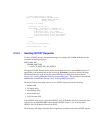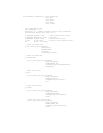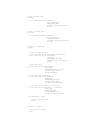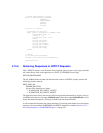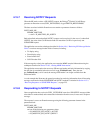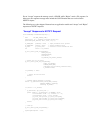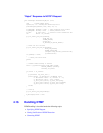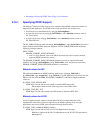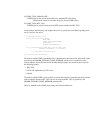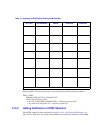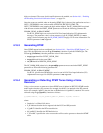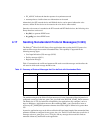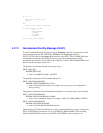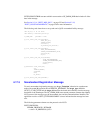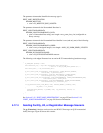IP_DTMF_TYPE_INBAND_RTP
DTMF digits are sent and received inband via standard RTP transcoding.
Inband mode cannot be used when using low bit-rate (LBR) coders.
IP_DTMF_TYPE_RFC_2833
DTMF digits are sent and received in the RTP stream as defined in RFC 2833.
As an example, the following code snippet shows how to specify the out-of-band signaling mode
for all calls on a line device:
{
GC_PARM_BLKP parmblkp = NULL;
gc_util_insert_parm_val(&parmblkp,
IPSET_DTMF,
IPPARM_SUPPORT_DTMF_BITMASK,
sizeof(char),
IP_DTMF_TYPE_INBAND_RTP);
if (gc_SetUserInfo(GCTGT_GCLIB_CHAN, port[callindex].ldev,
parmblkp, GC_ALLCALLS) != GC_SUCCESS) {
// gc_SetUserInfo returned an error
}
gc_util_delete_parm_blk(parmblkp);
The mode in which DTMF is transmitted (Tx) is determined by the intersection of the mode values
specified by the IPPARM_SUPPORT_DTMF_BITMASK and the receive capabilities of the
remote endpoint. When this intersection includes multiple modes, the selected mode is based on
the following priority:
1. RFC 2833
2. H.245 UII Alphanumeric (H.323 only)
3. Inband
The mode in which DTMF is received (Rx) is based on the selection of transmission mode from the
remote endpoint; however, RFC 2833 can only be received if RFC 2833 is specified by the
IPPARM_SUPPORT_DTMF_BITMASK parameter ID.
Table 14 summarizes the DTMF mode settings and associated behavior.



